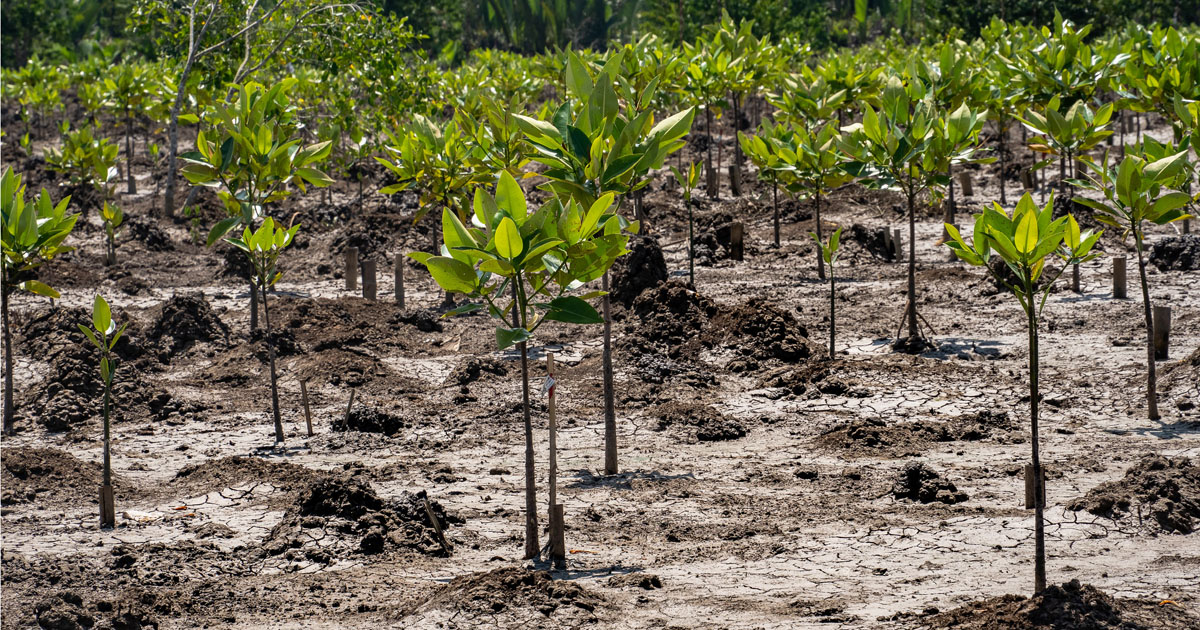Criteria and indicators (C&I) for sustainable resource management were generated under a facilitated community-driven approach where villagers took active roles, not only in the generation of the indicators but also in their subsequent assessment. The general procedure followed a two-stage process. Stage 1 involved a general 'scoping' process where C&I were generated by different groups and examined closely at plenary sessions. Stage 2 was aimed at assessing the indicators following a two-step process. Step 1 involved the evaluation of the indicators with respect to their relative importance to the stated objectives or criteria. In the second step, the indicators were examined more closely. Inferences or judgements were made with respect to the indicators' current condition relative to their desired future condition or target value. Step 1 resulted in 'scores' of each indicator reflecting its condition relative to its target values. All of the processes and procedures were conducted under a participative and group decision making environment. The analyses were made using the general procedure of Multi-Criteria Analysis. The site used in the study was the Mafungautsi State Forest located in the Gokwe District of Zimbabwe. Thirty community participants coming from three sites were involved in the assessment.
Publication year
2003
Authors
Mendoza, G.A.; Prabhu, R.; Nyirenda, R.; Standa-Gunda, W.; Mutimukuru, T.
Language
English
Keywords
selection criteria, indicators, resource management, sustainability, community involvement, assessment
Geographic
Zimbabwe





















